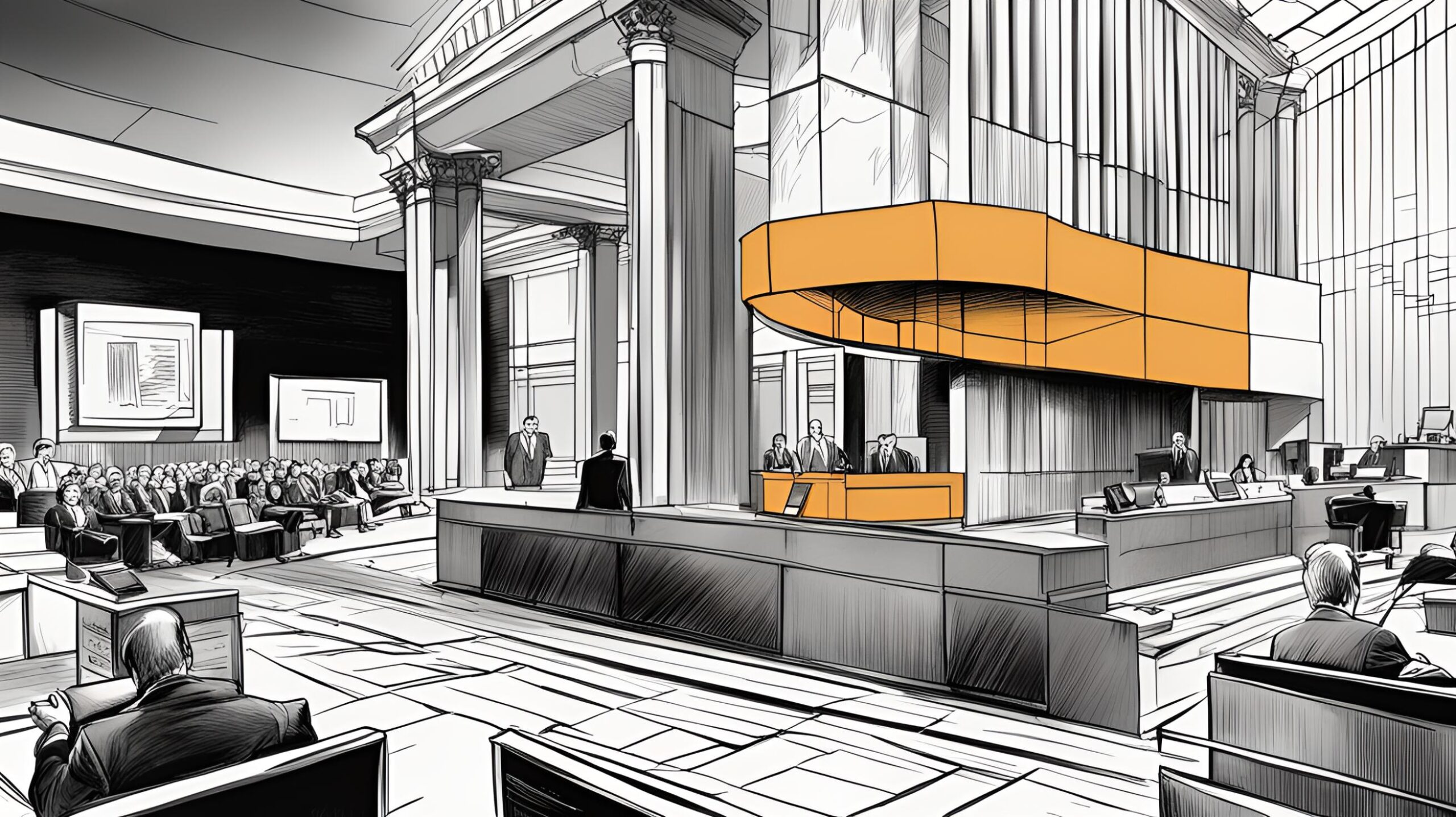Flashback to June 7
American History

2000
In the US Justice Department versus Microsoft anti-trust case, Judge Thomas Jackson orders the breakup of Microsoft
Read moreIn a landmark ruling on June 7, 2000, Judge Thomas Jackson issued a controversial order in the US Justice Department versus Microsoft anti-trust case. The ruling called for the breakup of Microsoft Corporation into two separate entities – one responsible for producing operating systems and the other focused on developing application programs. This decision sent shockwaves throughout the technology industry and set a significant precedent for future anti-trust cases involving dominant market players.
The case against Microsoft stemmed from allegations of anti-competitive practices and monopolistic behavior in the software industry. The US Justice Department, along with 20 state attorneys general, filed a lawsuit against the tech giant in 1998, arguing that Microsoft had abused its dominant position in the market to stifle competition. The primary focus of the case was Microsoft’s bundling of its Internet Explorer web browser with its Windows operating system, which was seen as a deliberate move to undermine rival browser Netscape Navigator.
After a lengthy trial and extensive examination of evidence and arguments from both sides, Judge Thomas Jackson delivered his verdict. His ruling shocked many observers as he ordered the breakup of Microsoft into two separate entities – one focused on operating systems, which would retain the Microsoft name, and the other solely responsible for application programs. This drastic measure was seen as a means to prevent future anti-competitive practices and restore competition in the industry.
The decision to split Microsoft into separate entities garnered mixed reactions from various stakeholders. Supporters of the ruling believed that it would promote healthy competition and innovation within the industry. By separating the company’s operating system division from its application software division, they argued that it would create a level playing field for other software developers and prevent Microsoft from using its dominant position to stifle competition.
However, critics of the ruling argued that breaking up Microsoft would not solve the underlying issues of anti-competitive practices in the industry. They believed that the ruling failed to address the rapidly evolving technology landscape and the emergence of new platforms and devices. They also argued that the decision would stifle Microsoft’s ability to compete effectively in an increasingly interconnected world.
In the aftermath of Judge Jackson’s ruling, Microsoft announced its intention to appeal the decision. The legal battle continued for several years, and ultimately, the appellate court partially overturned the ruling. While the breakup of Microsoft was averted, the court did find that the company had engaged in anti-competitive practices. A settlement was reached in 2001, which imposed certain restrictions and oversight on Microsoft’s business practices, but did not require a breakup of the company.
The Microsoft anti-trust case became a watershed moment for the technology industry, highlighting the growing concerns surrounding dominant market players and their potential to stifle competition. It also served as a cautionary tale for other companies operating in the industry, prompting increased scrutiny from regulatory bodies worldwide.
The impact of the case can still be felt today, as it paved the way for future anti-trust investigations into major tech companies. The lessons learned from the Microsoft case have influenced subsequent legal battles, such as those involving Google and Facebook, where similar allegations of anti-competitive practices and monopolistic behavior have been raised.
the US Justice Department versus Microsoft anti-trust case, including Judge Thomas Jackson’s ruling for the breakup of the company, was a turning point in the technology industry. While the breakup order was ultimately overturned, the case shed light on the importance of competition and fair business practices in the rapidly evolving digital landscape. It serves as a reminder that even the most dominant companies can face legal and regulatory challenges when their actions are perceived as anti-competitive.
We strive for accuracy. If you see something that doesn't look right, click here to contact us!
Sponsored Content

In the US Justice…
In the historic US…

Richard Henry Lee presents…
On June 7, 1776,…

Social Democracy of America…
The Social Democracy of…

United Colonies change name…
On 6/7/1775, the historic…

M Wolf discovers asteroid…
On June 7, 1901,…

